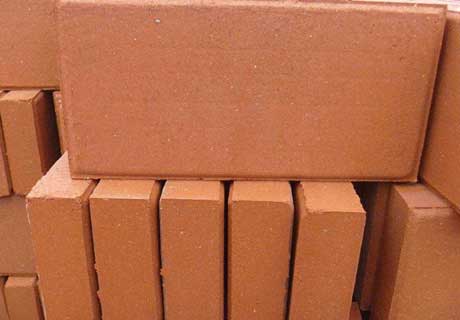The complexity and harshness of the working conditions of refractory materials determines that different performance requirements are required for refractory materials according to different use environments, including their resistance to temperature damage, resistance to thermal stress damage, and resistance to environmental media corrosion.

For fluidized bed gasifiers, the damage of the lining refractories is mainly divided into three categories: chemical corrosion, thermal corrosion, and mechanical corrosion. Chemical attack will lead to a decrease in the structural properties of refractory materials, which in turn will increase the impact of thermodynamic and mechanical erosion on the wear resistance of materials. The selection of materials needs to fully combine the characteristics of the process. Generally, the physical and chemical indicators that need to be paid attention to when selecting materials include compressive and flexural strength, abrasion resistance and thermal shock stability, and reburning linear rate of change. When the selected material under the reaction conditions, such as the castable does not reach the required sintering temperature, the strength will be greatly reduced. First of all, it is necessary to ensure that the selected refractory material has good strength at the working temperature, or it is baked to The sintering temperature of the material is reached to ensure the high strength of the material during operation. In addition, unreasonable refractory materials in the manufacturing, construction, installation and oven process will also cause damage to the refractory materials.
Therefore, it is necessary to ensure that the manufacturer strictly follows the design requirements during the construction and production process, and at the same time, ensure that the entire process meets the material construction requirements proposed by the refractory manufacturer. Ensure that the water contained in the material is completely converted into water vapor to escape, so as to prevent the water vapor pressure in the refractory material from exceeding the tensile strength of the material after the furnace is ignited, which will cause the lining to layer and collapse, and cause the furnace lining to collapse.


